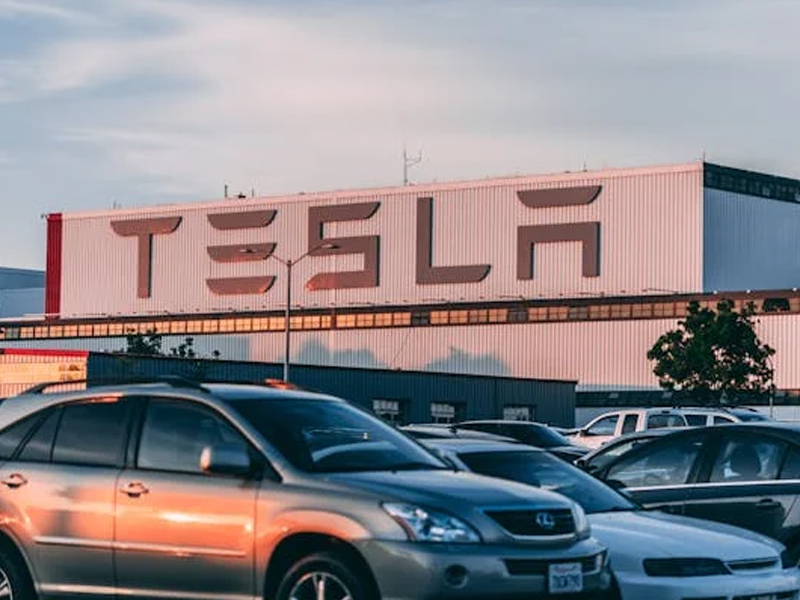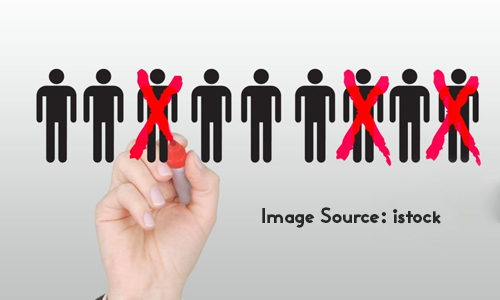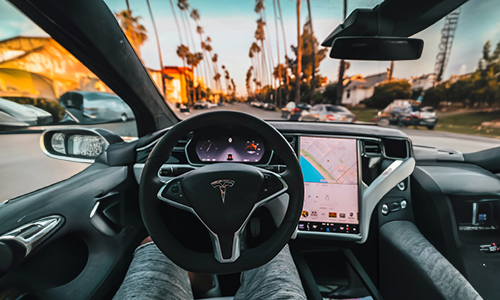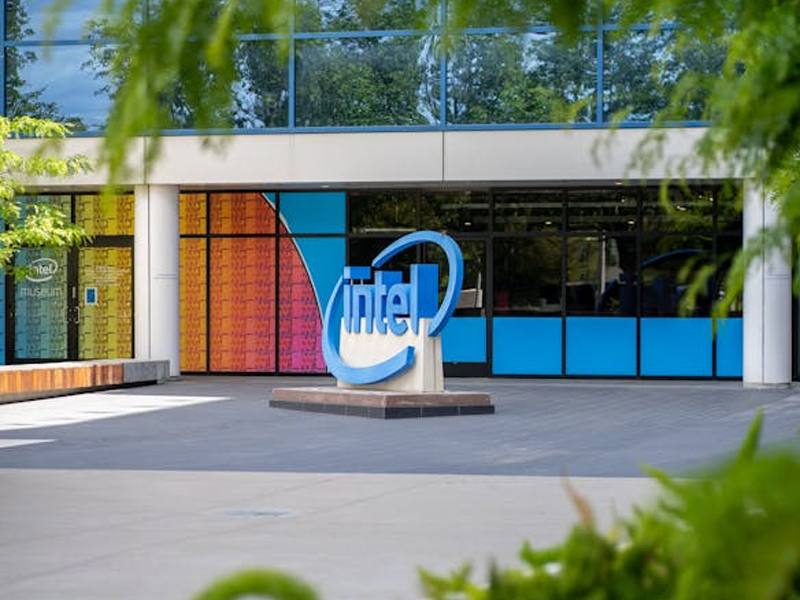Tesla Announces Layoffs as Sales Growth Sputters

Tech news
Reasons Behind the Layoffs
 While the official statement cites the need for streamlining operations for “the next phase of growth,” several factors likely contributed to Tesla’s decision:
While the official statement cites the need for streamlining operations for “the next phase of growth,” several factors likely contributed to Tesla’s decision:
Slowing Sales Growth
 After years of meteoric growth, Tesla appears to be facing a slowdown in sales. Increased competition from traditional automakers and new EV startups is putting pressure on market share. The cancellation of the highly anticipated $25,000 Model 2 budget car also likely played a role.
After years of meteoric growth, Tesla appears to be facing a slowdown in sales. Increased competition from traditional automakers and new EV startups is putting pressure on market share. The cancellation of the highly anticipated $25,000 Model 2 budget car also likely played a role.
Price War
The EV market is becoming increasingly competitive, with established automakers like Ford and General Motors investing heavily in electric vehicle development. This competition is leading to a price war for EVs, squeezing Tesla’s margins.Operational Efficiency
CEO Elon Musk has alluded to a need to improve operational efficiency within Tesla. The layoffs could be part of a broader effort to reduce costs and streamline the company’s structure.Impact of the Layoffs
The layoffs will undoubtedly have a significant impact on Tesla’s workforce. Over 14,000 employees could potentially lose their jobs, impacting company morale and potentially disrupting ongoing projects. The layoffs are also likely to raise concerns about Tesla’s future growth prospects, especially in light of the slowing sales figures.What it Means for Tesla’s Future
Tesla remains a leader in the EV industry, and these layoffs don’t necessarily signal a decline for the company. Here are some possible interpretations of this move:Short-term pain for long-term gain
Tesla could be shedding unnecessary expenses to become leaner and more efficient in the face of competition. This could position them for stronger growth in the future.A shift in strategy
The cancellation of the Model 2 and the layoffs could indicate a strategic shift by Tesla. Perhaps the company is refocusing on higher-margin vehicles or self-driving technology.A sign of the times
The layoffs could also reflect the broader challenges facing the EV industry. Increased competition and potential economic slowdowns could make it difficult for even Tesla to maintain its stellar growth rates. Only time will tell what the long-term impact of these layoffs will be for Tesla. However, one thing is certain: the electric vehicle landscape is becoming increasingly competitive and Tesla will need to adapt and innovate to stay ahead of the curve.The Road Ahead for Tesla
 The coming months will be crucial for Tesla. The company needs to demonstrate that it can navigate the challenges of a more competitive market and continue to deliver innovative electric vehicles. Investors and consumers will be closely watching Tesla’s next moves to see if the company can weather this storm and emerge even stronger.
The coming months will be crucial for Tesla. The company needs to demonstrate that it can navigate the challenges of a more competitive market and continue to deliver innovative electric vehicles. Investors and consumers will be closely watching Tesla’s next moves to see if the company can weather this storm and emerge even stronger. You Might Be Interested In:
Frequently Asked Questions?

01
AI & ML
Meta Llama 3: Jack of All Trades, Master of None (But Still Free!)
May 1, 2024

01
Tech Gadgets
Don’t Trash Your Tech! Combating E-waste & Embracing Responsible Gadget Disposal
Apr 30, 2024

01
Blockchain Technology
Mixed Signals: Decoding Intel’s Stock Slump Despite Earnings Beat
Apr 29, 2024
01
Tech news
Is TikTok Facing a US Ban? Decoding the New Law and Its Impact on Millions of Users
Apr 27, 2024
SUSBSCRIBE TO OUR NEWSLETTER
Join our subscribers list to get the latest news and special offers.
Meta Llama 3: Jack of All Trades, Master of None (But Still Free!)
Don’t Trash Your Tech! Combating E-waste & Embracing Responsible Gadget Disposal
Mixed Signals: Decoding Intel’s Stock Slump Despite Earnings Beat
Beyond Likes and Followers: Exploring the Evolving Landscape of Social Media